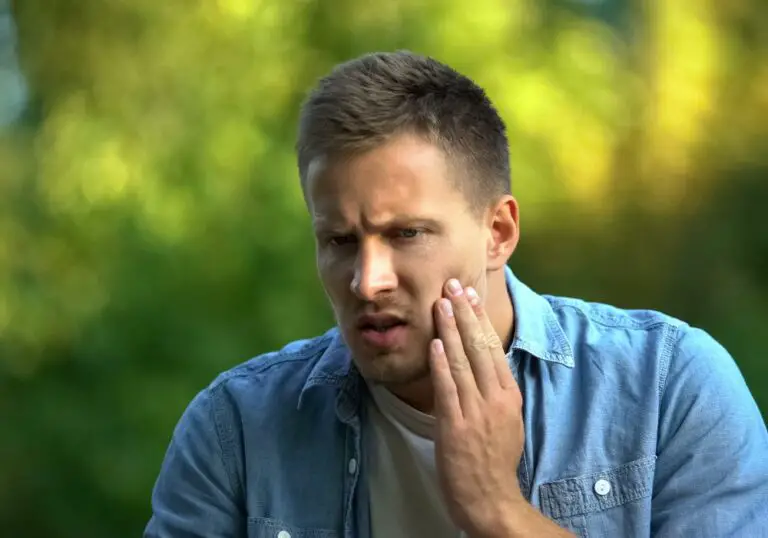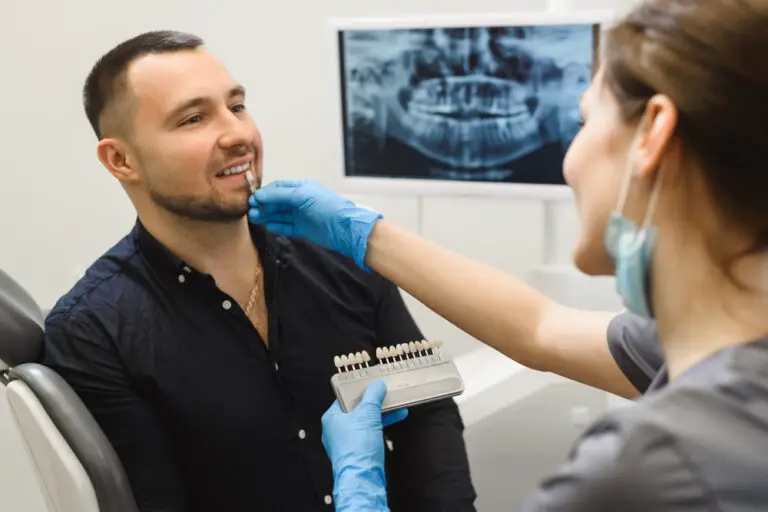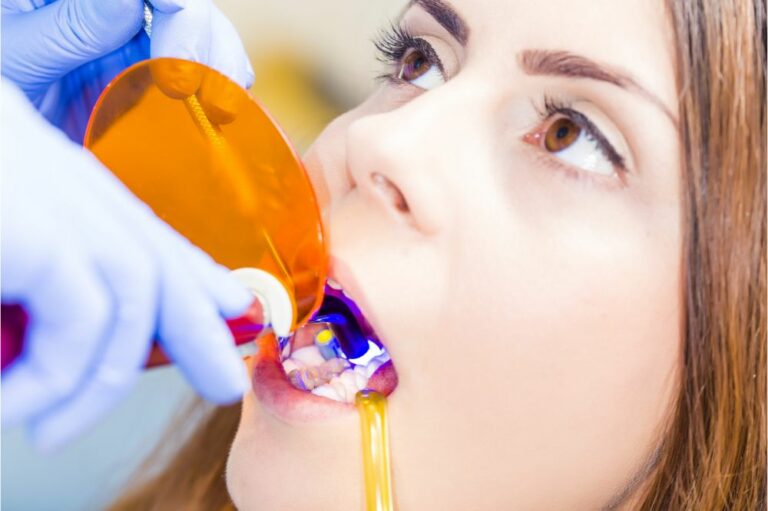Human teeth are complex structures composed of multiple mineralized tissues. The visible crown of the tooth is protected by enamel, the hardest substance in the body. Enamel is produced by specialized cells called ameloblasts. Underneath the enamel is dentin, a bonelike matrix secreted by odontoblasts. Dentin surrounds the soft, inner pulp which contains nerves and blood vessels. The root of the tooth is covered by cementum which helps anchor it to the jawbone via the periodontal ligament.
This complex arrangement of highly specialized tissues is critical for proper tooth function in processes like biting, chewing, and speaking. Unfortunately, this also makes teeth susceptible to irreversible damage. Enamel cannot regenerate once formed, and the pulp has limited ability to self-repair.
The unique development of dental tissues
During embryonic development, neural crest cells migrate to the site of tooth formation and differentiate into dental stem cells. These stem cells further specialize into ameloblasts which secrete enamel proteins, and odontoblasts which deposit dentin.
Primary or “baby” teeth begin forming in utero from these interactions between oral epithelium and underlying mesenchyme. The 20 deciduous teeth then erupt during infancy. As they develop, permanent teeth begin forming from dental lamina stem cells situated in the jawbone. Humans have the capacity to form a total of 52 teeth (32 adult and 20 deciduous).
Once a tooth fully matures though, the stem cells required to build it are lost. The organized structure of enamel, dentin, pulp, cementum and periodontal ligaments cannot be naturally recreated in a living tooth.
Adult teeth have limited regenerative potential
Since adult teeth contain no dental stem cells, they have a very limited capacity to regenerate. Enamel cannot biologically rebuild or replace itself at all. The underlying dentin can respond minimally to certain insults like tooth decay. When irritated, specialized odontoblasts may secrete a small amount of reparative dentin. But extensive damage is irreversible.
The tooth pulp also has restricted ability to self-repair. Pulp contains undifferentiated mesenchymal cells that can proliferate after injury. But this limited regeneration cannot reproduce full pulp function and vascularization. Overall, natural tooth repair is minor and insufficient to fix major decay, fractures, or trauma.
Current regeneration techniques are limited
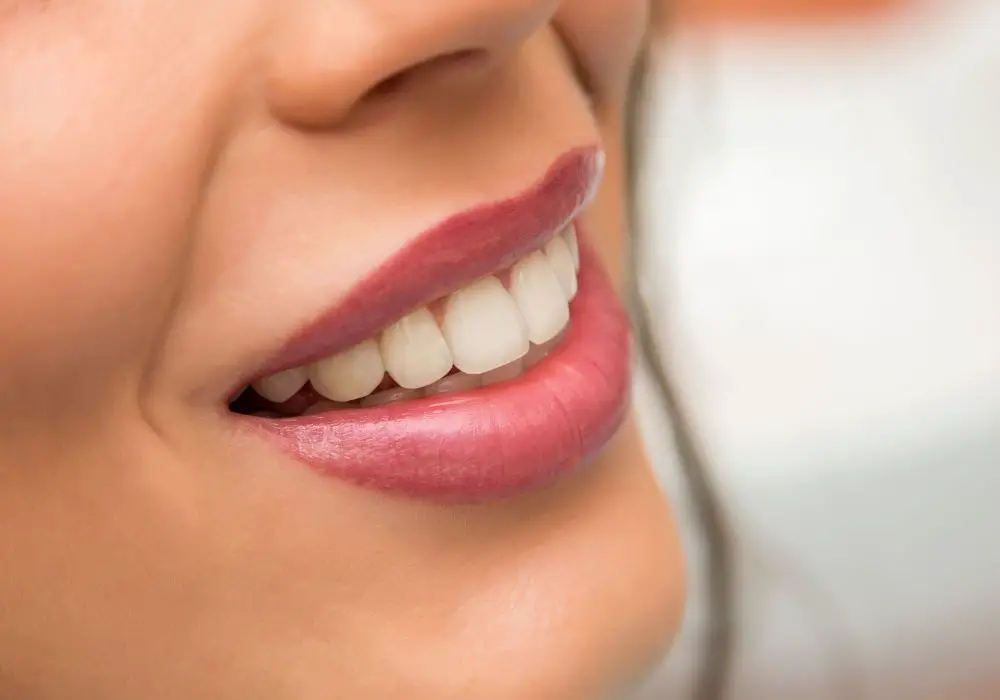
Given the highly organized structure of dental tissues, biologically engineering new teeth or coaxing natural regeneration remains challenging. But researchers are actively investigating potential solutions:
- Isolating and using stem cells from dental pulp or periodontal ligaments to generate tooth tissues.
- Manipulating growth factors to spur new dentin formation from existing odontoblasts.
- 3D printing customized enamel and dentin layers on printed tooth scaffolds.
- Pre-vascularizing engineered teeth by integrating endothelial cells into pulp tissue.
- Using biomaterials like collagen and chitosan to stabilize regenerated mineralized matrices.
- Designing anatomically correct titanium root implants that fuse with jawbone and support crowns.
Such methods can help regenerate portions of teeth. But replicating the complex architecture of full, functional teeth still remains elusive. Restorative approaches like dental implants or bridges are still the best options for complete tooth replacement. But the field of dental tissue regeneration is continuing to make promising advances.
The future of biological tooth replacement
While whole adult teeth cannot yet be regenerated, researchers predict that multiple technologies will need to converge to make biological tooth replacement possible:
- Use of induced pluripotent stem cells to grow personalized dental cells.
- 3D bioprinting with adult dental stem cells encased in printable hydrogels.
- Angiogenic factors to stimulate vascularization of printed pulp tissue.
- Biomimetic enamel with identical mechanical properties to natural enamel.
- Orthodontic integration of engineered teeth with natural dentition.
With such innovations, patients may eventually have the option to replace a missing tooth with a complete biologically engineered implant. Teeth retrieved after injury could also perhaps be “regenerated” outside the body before re-implantation. However, whole tooth regeneration from intrinsically damaged and infected teeth will remain unlikely.
Overall, the field of tooth regeneration is advancing rapidly and shows significant promise. But for now, dental implants, bridges, and crowns remain the most effective and well-established approaches to replace damaged or lost teeth.
Frequently Asked Questions
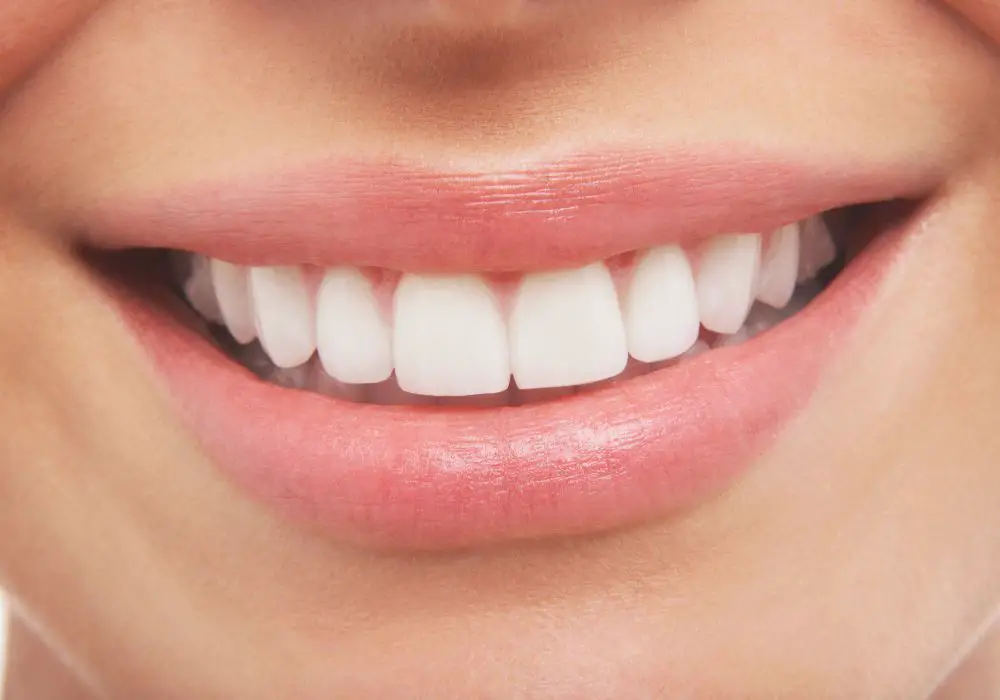
Q: Can cavities heal themselves?
A: Unfortunately no, cavities cannot heal themselves. Enamel cannot regenerate so cavities require professional treatment with fillings or crowns to repair the decayed areas. If left untreated, cavities advance further into tooth layers causing severe destruction.
Q: If a baby tooth is knocked out, can it grow back?
A: No, if a baby tooth is knocked out prematurely, a permanent tooth will eventually erupt to take its place. But the lost deciduous tooth will not regenerate because the complex architecture of dental tissues cannot be reformed once disrupted.
Q: Why can cracks in teeth not repair themselves?
A: Cracks and fractures cannot self-repair because the hard mineralized tissues in teeth (enamel, dentin) cannot regenerate once formed. Depending on severity, cracks may require fillings, root canals, crowns, or extraction to prevent further damage.
Q: Is it possible now to implant new teeth into the gums?
A: Dental implants to replace missing teeth are possible and quite common. But these are artificial tooth roots and crowns fused to the jawbone, not real regenerated teeth. Bioengineered tooth implants grown from a person’s own cells are not yet achievable.
Q: What are scientists doing to make tooth regeneration possible?
A: Researchers are using stem cells, tissue engineering, 3D printing, biomaterials, and more to try to regrow or implant whole bioengineered teeth. This requires replicating the complex structure and integration of mineralized matrices, nerves, and blood vessels though which is highly challenging.

